
Department of Defense continues to downplay Taliban and Al Qaeda threat in Afghanistan
The U.S. military continues to recycle stale estimates of Al Qaeda’s strength in Afghanistan, and elevate the Islamic State as a greater threat.

The U.S. military continues to recycle stale estimates of Al Qaeda’s strength in Afghanistan, and elevate the Islamic State as a greater threat.
The Afghan military targeted Al Qaeda’s network in four different districts in Helmand province over the past month. Al Qaeda was operating a “training center” and fighting alongside the Taliban.

Afghan security forces continue to target Al Qaeda as the Taliban promises that it won’t allow allow foreign fighters to attack the West, even though the Taliban claims Al Qaeda doesn’t exist inside Afghanistan.

Mohammad Hanif was involved in the 2002 assassination attempt on Pakistani President Pervez Musharraf and the suicide attack on the U.S. Consulate in Karachi that same year. He was killed in Farah province. But the Taliban somehow continues to maintain that Al Qaeda isn’t in Afghanistan.

The U.S. government, military, and intelligence services have provided inaccurate assessments of Al Qaeda’s strength in Afghanistan for more than a decade. U.S. Secretary of State Mike Pompeo continued that tradition by recent regurgitating that Al Qaeda has fewer than 200 fighters in the country. This estimate, like previous ones, should not be trusted.
The Taliban’s demand of the release of the wife of slain Al Qaeda in the Indian Subcontinent leader Asim Umar is curious, as the group maintains that Al Qaeda does not have a presence in Afghanistan.
Hosts Bill Roggio and Tom Joscelyn discuss what al Qaeda looks like in 2020.

This time, the Taliban denied a Department of Defense report that Al Qaeda in the Indian Subcontinent cooperates with the Taliban by claiming AQIS isn’t inside the country.
Thabat, an al-Qaeda-affiliated media outfit, has released a series of infographics that are intended to highlight the group’s global reach and resiliency. The images trumpet a large number of purported attacks in Afghanistan, as well as America’s withdrawal from the country.
According to a newly released UN monitoring team report, al-Qaeda’s relations with the Taliban “continue to be close and mutually beneficial.” The relationship has continued despite al-Qaeda’s reported concerns over the Taliban’s talks with the U.S.

The U.S. military has suppressed a press release announcing the death of Al Qaeda In the Indian Subcontinient’s emir for three months as his presence with the difficult. Asim Umar, his courrier to Ayman al Zawahiri, his staff, and even his wife were embedded with the Taliban in Helmand province when he was killed.
Afghanistan’s National Directorate of Security claims it has confirmed that Asim Umar, the emir of Al Qaeda in the Indian Subcontinent, was killed during a Sept. 23 raid in Helmand province. Other key AQIS leaders were also killed in the fighting.
Afghan officials have identified several AQIS members who were killed during a controversial raid in Musa Qala, Helmand earlier this week. They have also posted images purportedly documenting the weaponry, explosives and cash seized at the jihadists’ compound.

U.S. and Afghan officials say they targeted al Qaeda members in Musa Qala, a Taliban-controlled district in the southern Helmand province. Reports indicate that dozens of civilians perished during the clash that ensued.
The Taliban has warned civilians to stay away from places near government facilitates, including election sites, as it says these targets are fair game. However, given the scarcity of medical facilities, it is impossible for Afghan civilians to avoid hospitals such as the one in Qalat.

One of the attacks, in Parwan province, targeted an election rally while President Ghani was speaking. The Taliban has warned civilians to stay away from election sites.

A raid against a Taliban explosives warehouse in Ghazni highlights the enduring relationship between the Taliban and al Qaeda.

Shabir Ahmad Malik (also known as Abu Ubaidah) was killed on June 26 in Kashmir. He was the spokesman for Ansar Ghazwat-ul-Hind, an al Qaeda group. Prior to joining AGH, Abu Ubaidah was a member of Lashkar-e-Tayyiba.

Asim Umar, a senior al Qaeda official, has released a statement praising the Taliban’s “victory” in Afghanistan over the US. He also criticizes ISIS for dividing the jihadists’ ranks, praying that Allah ends the “fitnah.”

Al Qaeda in the Indian Subcontinent’s spokesman has released a glowing eulogy for Zakir Musa, who led Ansar Ghazwat-ul-Hind (AGH) until his death in May. AQIS has also released a video calling on jihadis to join its cause in Kashmir. And AGH has named Musa’s successor.
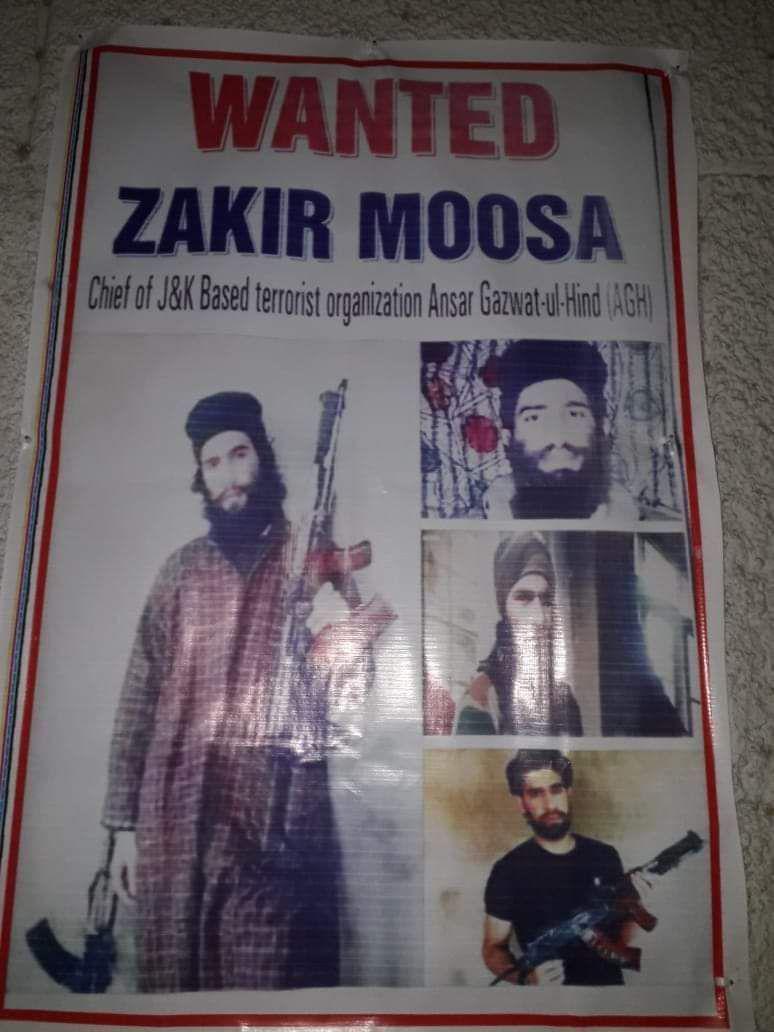
Indian forces have killed Zakir Musa, who led the al Qaeda-linked Ansar Ghazwat-ul-Hind (AGH). Musa and his men have attempted to poach from Pakistani-backed jihadist groups, while also competing with an upstart Islamic State presence. Musa’s motto was “Sharia or Martyrdom.”

Al Qaeda has released a new video emphasizing its unity with the Taliban’s Islamic Emirate of Afghanistan. The video features a joint Taliban-al Qaeda ambush on an Afghan army convoy in Paktika province.

Zakir Musa uses the message to paint a picture for the future of Ansar Ghazwat-ul-Hind’s jihad in the Kashmir–a jihad without ties to Pakistani guidance, with fighters sourced from throughout the region, and focused on the implementation of Sharia, or Islamic law, in Kashmir through terror.

Despite repeated claims to the contrary, al Qaeda has not been defeated in Afghanistan, and it still continues to operate alongside its ally, the Taliban.

President Trump’s decision to withdraw American forces from Afghanistan will have consequences. The Taliban and al Qaeda will declare victory, while the US will find it harder to hunt terrorists throughout the region.
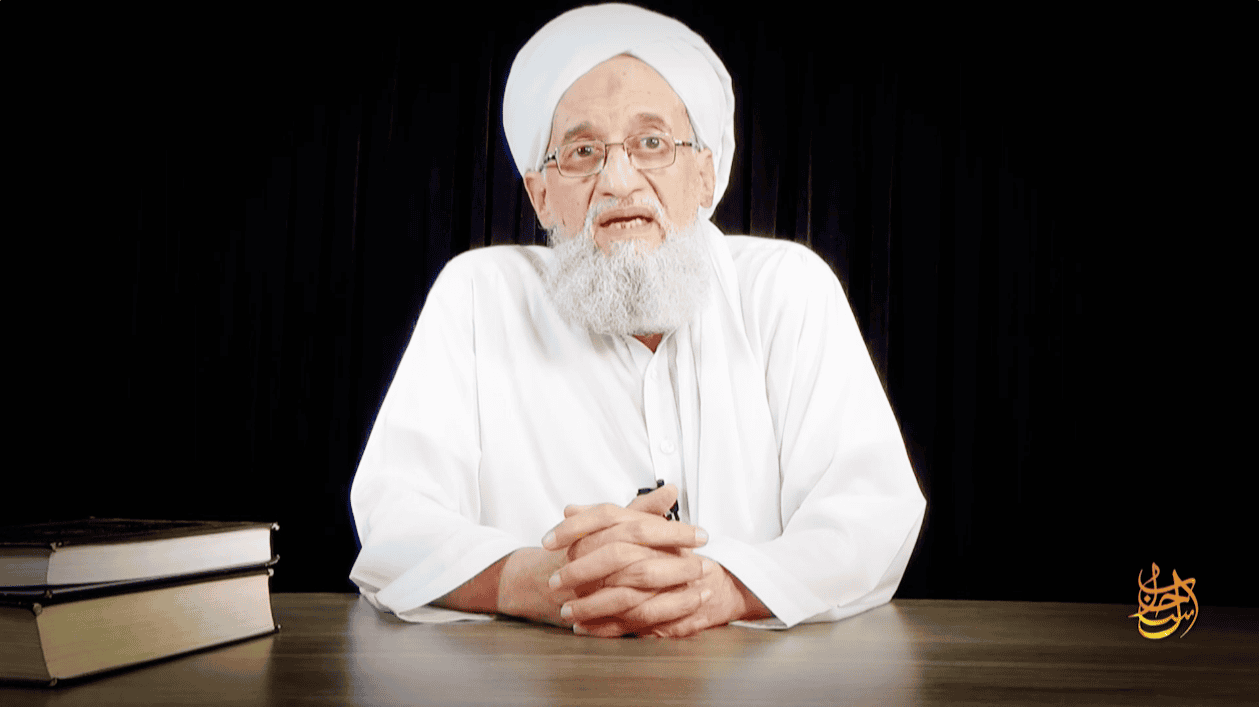
AL Qaeda’s operatives are fighting in more countries around the world today than was the case on 9/11. And its leaders still want to target the United States and its interest and allies. The war they started is far from over.

According to a new report published by the United Nations, al Qaeda’s “alliance with the Taliban and other terrorist groups in Afghanistan remains firm,” as al Qaeda and the Taliban are “closely allied.” Some of the UN’s Member States consider al Qaeda’s global network to be a bigger long-term threat than the Islamic State.

Al Qaeda has long operated in Ghazni province, the site of a large-scale Taliban offensive in recent days. In 2010, Osama bin Laden ordered his men to relocate from northern Pakistan into Ghazni and other Afghan provinces. Bin Laden’s lieutenant also wrote in mid-2010 that al Qaeda had “very strong military activity” in at least eight Afghan provinces, including Ghazni. More recently, American and Afghan forces have targeted al Qaeda operatives in the province.

The Pentagon and the US intelligence community have been consistently wrong about al Qaeda’s strength in Afghanistan, and evidence of strategic ties between the two groups does indeed exist.

Hazrat Abbas served as a leader for both al Qaeda in the Indian Subcontinent and the Movement of the Taliban in Pakistan. AQIS was formed to unite disparate jihadist factions to fight under the banner of the Afghan Taliban.